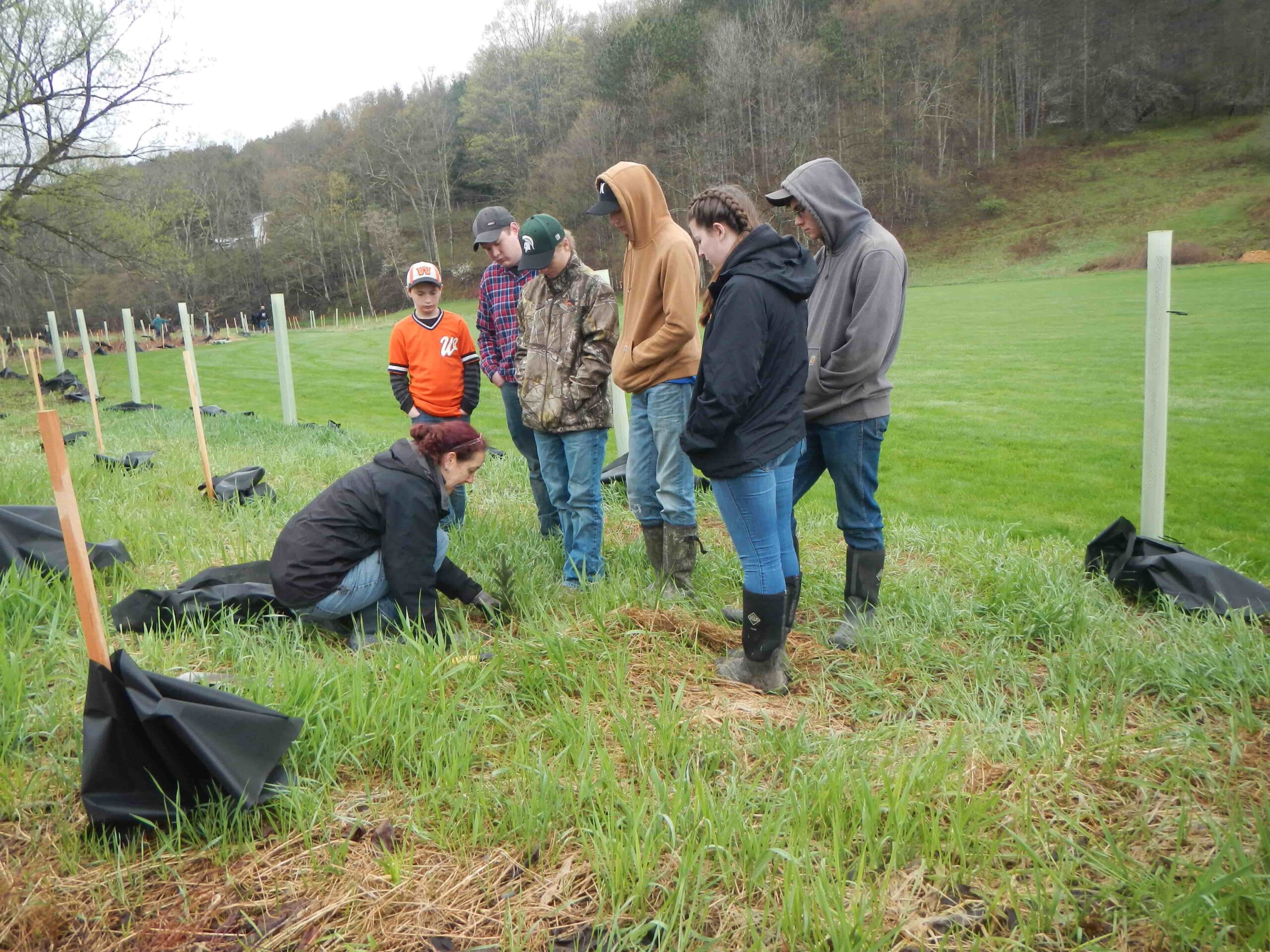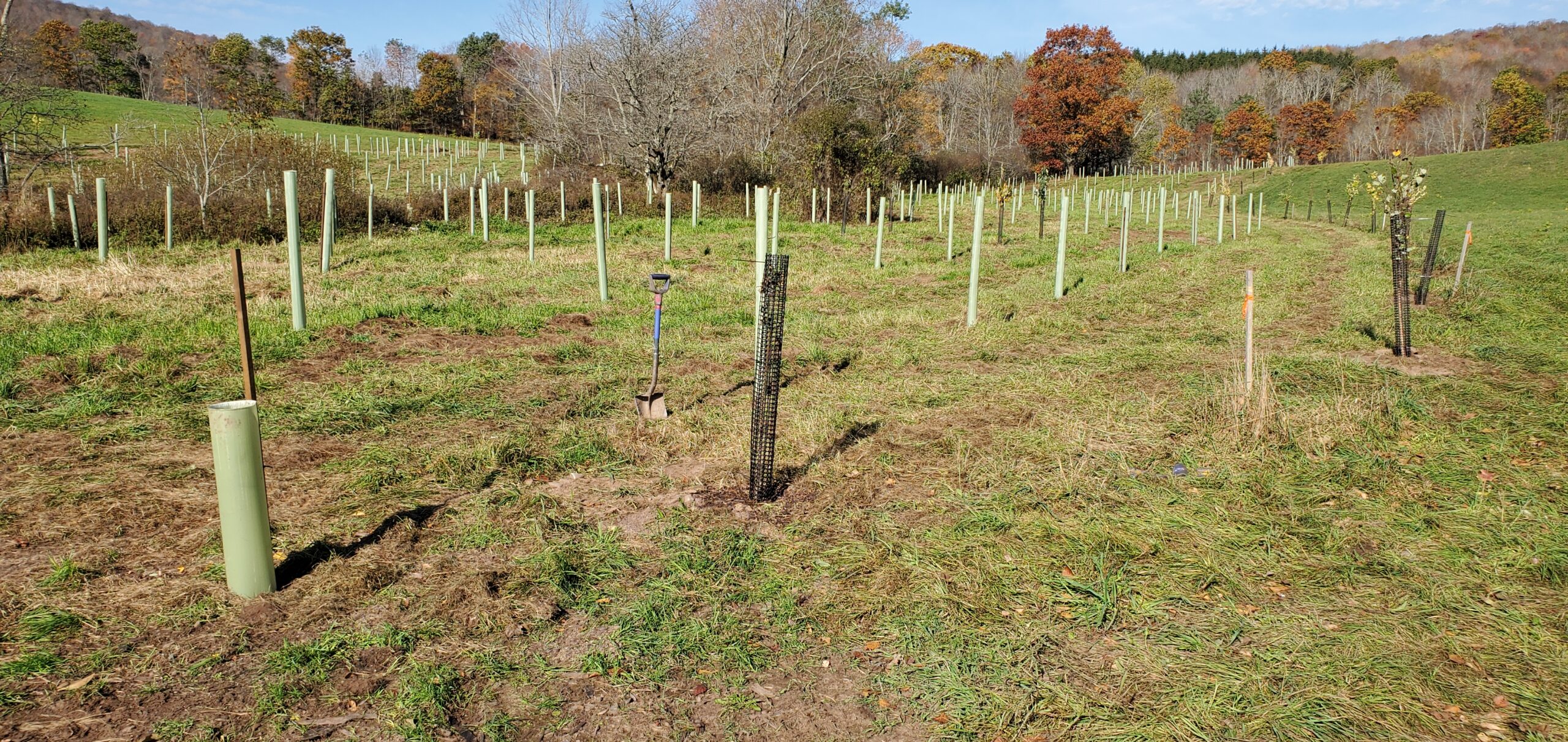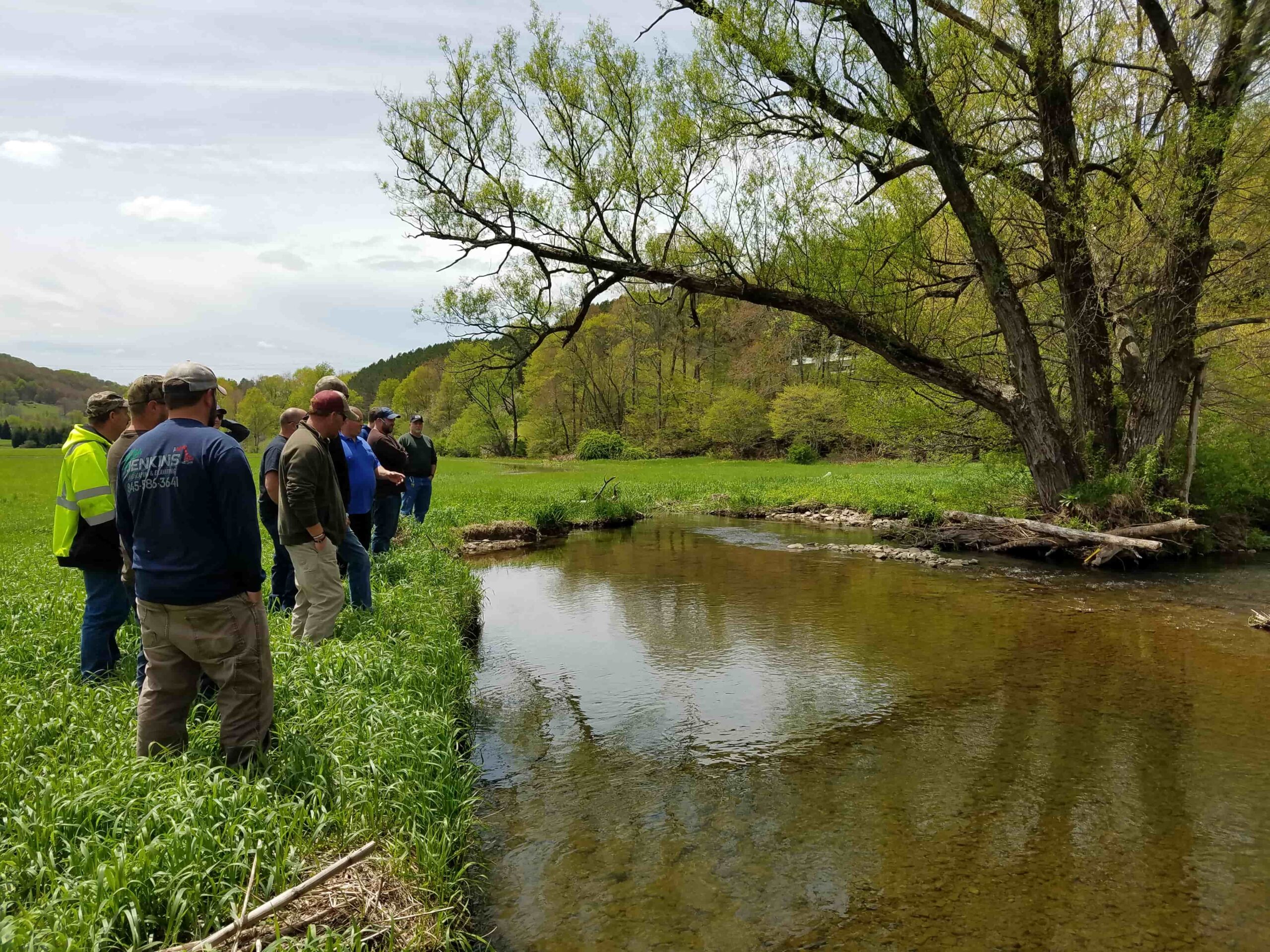The following programs address specific needs and accomplish goals in support of the Stream Management Program.
Click the links provided below to view more information about each program.

The LFA was created by the Stream Program and is locally led through flood commissions to create a proactive approach that identifies the specific causes of flood inundation hazards in population centers and evaluates a range of potential solutions to these hazards, all while taking into consideration key localized information and potential outcomes.
Grant funding is available through the DCSWCD’s contract with NYC DEP to implement the LFA recommendations. Municipalities can apply for projects to enhance flood mitigation that reduces flood risk and to repair stream related or water quality issues within their watershed.
Comprehensive Stream Corridor Management Plans (SCMPs) for the West Branch Delaware River (2006) and East Branch Delaware River (2007) were completed by the Stream Program, NYCDEP, and the Delaware County Planning Department. The SCMPs document the characteristics of the stream corridors and provide a set of recommendations that address water quality, stream stability, the protection of life and property, and wildlife habitat. The materials created through this detailed assessment and planning process can be (and have been) used as a tool for municipal officials, residents and other interested stakeholders for science based stream management.
The SMIP was created by the Stream Program and is a funding category within DCSWCD’s contract with NYC DEP to implement the SCMPs recommendations. The SMIP is a grant program that municipalities can apply for stream management initiatives that benefit water quality within the New York City portions of the Delaware Watershed in Delaware County.

The overall goal of the CSBI program is to work with streamside landowners to better steward their riparian buffer, meaning “streamside”, areas through protection, enhancement, management, or restoration. The CSBI program assists riparian landowners throughout Delaware County’s West-of-Hudson Watershed by providing:
CREP/CSBI is a new pilot program that gives historic agricultural landowners funding and incentives to create a forested riparian buffer along their streams. Incentives are paid through the federal government, similar to those buffering active agricultural lands. CSBI supplements this program by planting larger buffers and offering additional practices not covered under the CREP program rules.
Non-farm landowners often have different goals for their property and also use their land differently than owners of active farms. Protecting and beautifying streamside areas on their property can help them achieve their long-term goals, whether it includes vacation, privacy, recreation, or protecting healthy streams and forests. This new program can help protect their streamside areas and support their environmental values and interests such as birding, wildlife, fishing, hiking, swimming, boating and more, and may qualify them to receive monetary incentives for these improvements.
For more information regarding the CREP/CSBI program, contact:
Catherine Skalda
CREP/CSBI Program Coordinator DCSWCD
607-865-5223
catherine-skalda@dcswcd.org


The Post-Flood Emergency Stream Intervention program is a state-wide program developed by DCSWCD’s Stream Program. Delaware County has the most declared flood events in New York State, and this program was created as a way to help municipalities respond to flood events.
In 2009, DCSWCD received grant funding from NYS DEC’s Water Quality Improvement Program and the NYC DEP to develop a proactive training program and technical handbook to help municipal officials, contractors and machine operators respond to flood damage. Training is based on stream science and processes.
The Delaware County Soil and Water Conservation District’s Stream Management Program is dedicated to restoring and stabilizing streams and reducing nonpoint source pollution to ensure quality drinking water, and providing education and outreach on all phases of stream management and stewardship to help stakeholders make informed science-based management decisions.